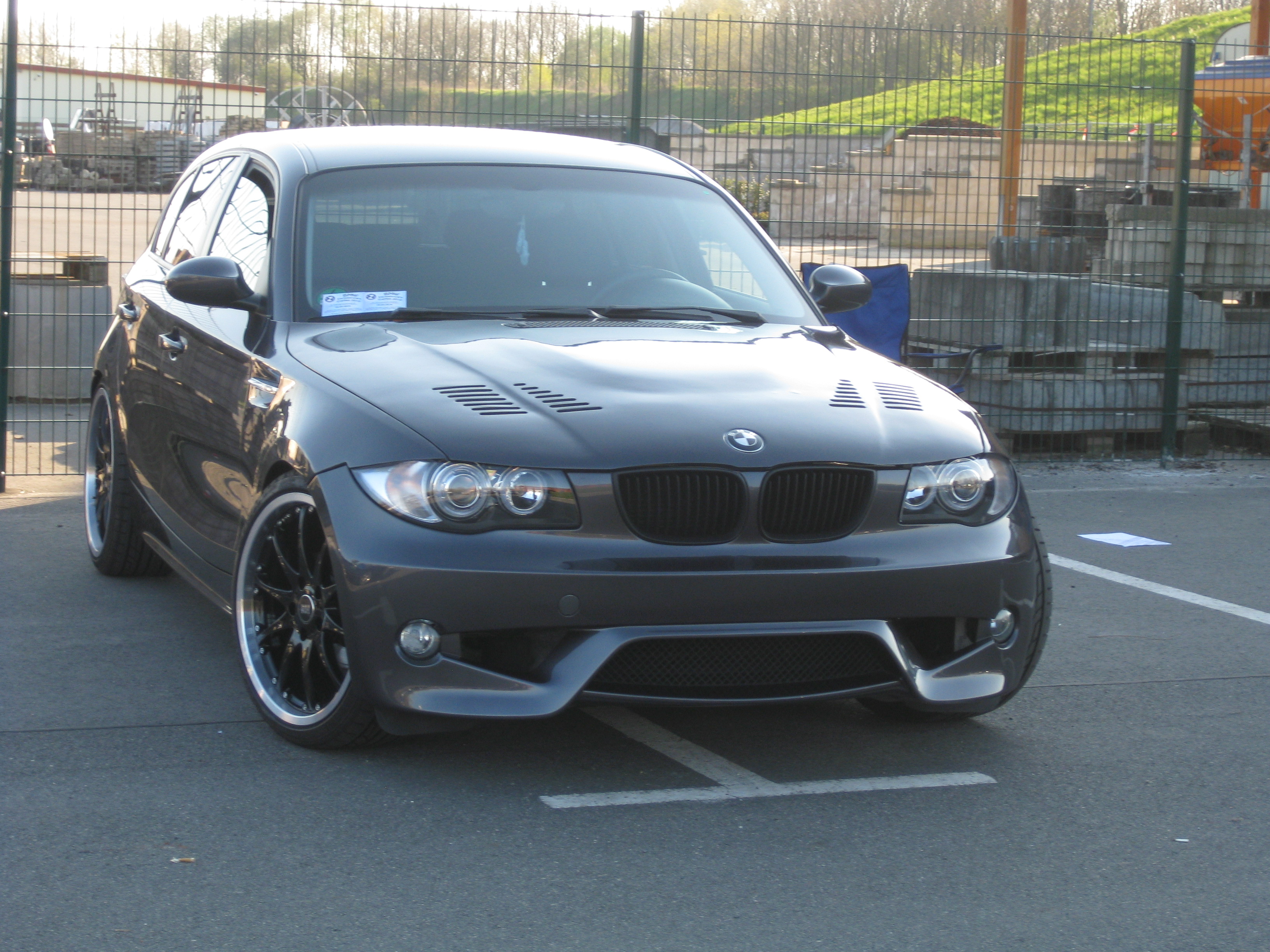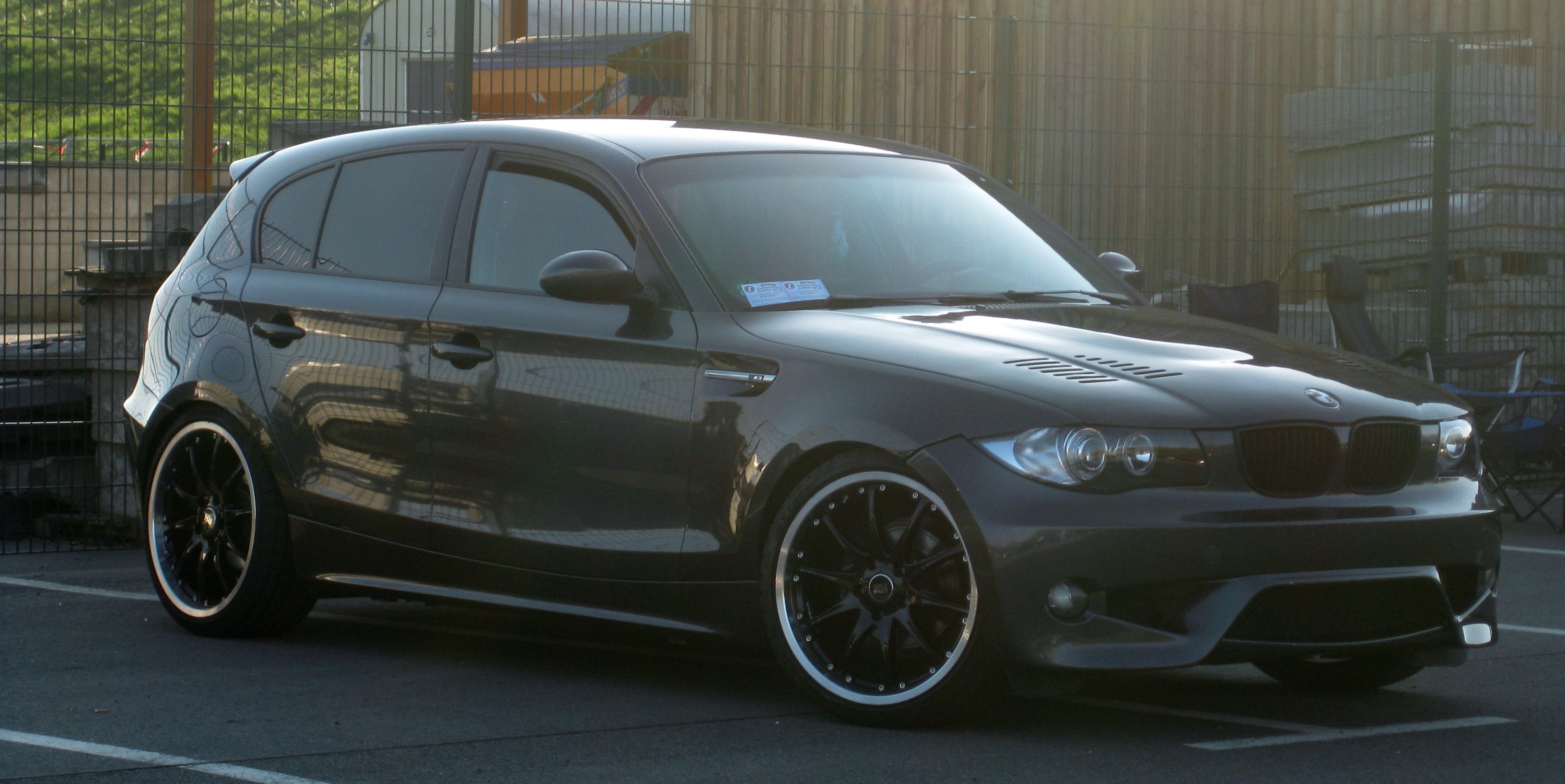The BMW 1 Series E87 Tuning Secrets You Need to Know
The BMW 1 Series E87, produced from 2004 to 2011, carved its niche in the compact hatchback market with its rear-wheel-drive (RWD) layout and engaging driving dynamics. This platform has become a favorite among enthusiasts looking to personalize and enhance their driving experience. If you’re a proud owner or considering joining the E87 club, this comprehensive guide dives into the tuning secrets that can unlock your 1 Series’ full potential. This article is your go-to resource for understanding the various modification options, from performance upgrades to cosmetic enhancements, ensuring you can build the E87 of your dreams.
Understanding the E87: A Foundation for Tuning
Before diving into modifications, understanding the E87’s architecture is crucial. The E87 boasts a sophisticated chassis, offering a solid base for performance upgrades. Knowing your engine variant (116i, 118i, 120i, 130i, 118d, 120d, etc.) and its specific limitations is paramount. Consider factors like:
- Engine Type: Petrol or Diesel? Each has different tuning pathways.
- Transmission: Manual or Automatic? Affects clutch/torque converter considerations.
- Existing Condition: A well-maintained base car will provide better results.
- Your Goals: Are you aiming for track performance, daily driving comfort, or a show car?
Performance Upgrades: Unleashing the Power Within
The E87’s engine range offers ample opportunities for performance gains. Here’s a breakdown of key areas for improvement:
- Engine Management System (ECU) Remapping: This is often the first step. A professional remap can optimize fuel delivery, ignition timing, and boost (for turbocharged models) to extract significant power gains. Expect noticeable improvements in throttle response and overall performance.
- Intake and Exhaust Systems: Upgrading the intake (air filter, intake manifold) and exhaust (downpipe, cat-back exhaust) allows for improved airflow, reducing backpressure and boosting horsepower.
- Cold Air Intakes: Enhance airflow to the engine.
- Performance Exhaust Systems: Improve sound and exhaust flow.
- Downpipes (for turbo models): Replace restrictive catalytic converters.
- Turbocharger Upgrades (for turbocharged models): Larger turbos can drastically increase power output. However, this requires supporting modifications like upgraded fuel injectors, fuel pumps, and intercoolers.
- Suspension Upgrades: Enhance handling and cornering performance.
- Coilovers: Allow for adjustable ride height and damping.
- Sport Springs: Lower the ride height and improve handling.
- Anti-Roll Bars (Sway Bars): Reduce body roll.
- Brake Upgrades: Essential for improved stopping power, especially with increased engine performance.
- Upgraded Brake Pads and Rotors: Provide better braking performance.
- Stainless Steel Brake Lines: Improve brake feel and responsiveness.
- Big Brake Kits: Offer significant stopping power for track use.
Chassis and Handling Enhancements: Mastering the Roads
Beyond engine performance, the E87 offers excellent handling characteristics. Optimizing the chassis further elevates the driving experience:
- Suspension Geometry: Fine-tuning alignment settings (camber, caster, toe) can significantly improve handling and tire wear.
- Chassis Bracing: Strut braces, subframe connectors, and other bracing components increase chassis rigidity, reducing flex and enhancing responsiveness.
- Wheels and Tires: Choosing the right wheels and tires is critical for grip and performance.
- Lightweight Wheels: Reduce unsprung weight, improving acceleration, braking, and handling.
- Performance Tires: Offer superior grip and handling characteristics.
Cosmetic Modifications: Personalizing Your E87
While performance is key, cosmetic modifications allow you to personalize your E87 and make it stand out:
- Exterior Styling:
- Body Kits: Add aggressive styling elements.
- Spoilers and Diffusers: Enhance aerodynamics and aesthetics.
- Window Tinting: Improves privacy and appearance.
- Interior Upgrades:
- Sport Seats: Provide better support and comfort.
- Steering Wheel Upgrades: Enhance grip and feel.
- Carbon Fiber Trim: Adds a sporty touch.
- Lighting Upgrades:
- LED Headlights and Taillights: Improve visibility and modernize the look.
- Angel Eye Upgrades: Enhance the iconic BMW look.
Safety Considerations: Prioritizing Responsible Tuning
While tuning can be exciting, safety should always be the top priority:
- Professional Installation: Ensure all modifications are installed by qualified technicians.
- Regular Maintenance: Keep up with regular maintenance to ensure your car is in optimal condition.
- Tire Pressure Monitoring: Maintain proper tire pressure for optimal performance and safety.
- Driving Skills: Consider driver training to improve your skills and handle the increased performance.
- Legal Compliance: Ensure all modifications comply with local laws and regulations.
Conclusion: Crafting Your Ultimate E87
The BMW 1 Series E87 is a fantastic platform for enthusiasts looking to modify and personalize their cars. By understanding the engine, chassis, and cosmetic modification options, you can transform your E87 into a vehicle that perfectly reflects your driving style and preferences. Remember to prioritize safety, research your options thoroughly, and seek professional assistance when necessary. With careful planning and execution, you can unlock the full potential of your E87 and enjoy a truly exhilarating driving experience.
Frequently Asked Questions (FAQs)
- What is the best engine for tuning the E87? The 130i (naturally aspirated) and 135i (turbocharged, if you’re considering an E82/E88) are popular choices for performance tuning due to their robust engines. However, even smaller engines like the 118i/120i can be significantly improved with the right modifications.
- Is it worth tuning a diesel E87? Absolutely! Diesel engines like the 118d and 120d respond very well to ECU remaps, offering significant gains in torque and fuel efficiency.
- What are the common problems with the E87? Common issues include water pump failures, oil leaks, and timing chain issues (especially in some N43/N45 petrol engines). Addressing these issues before tuning is crucial.
- Where should I start with tuning my E87? Start with an ECU remap, followed by intake/exhaust upgrades. Suspension and brake upgrades are also highly recommended to complement any performance gains.
- How much does it cost to tune an E87? The cost varies greatly depending on the modifications. A simple ECU remap might cost a few hundred dollars, while a full engine build with extensive upgrades can cost thousands. Research and budget accordingly.




